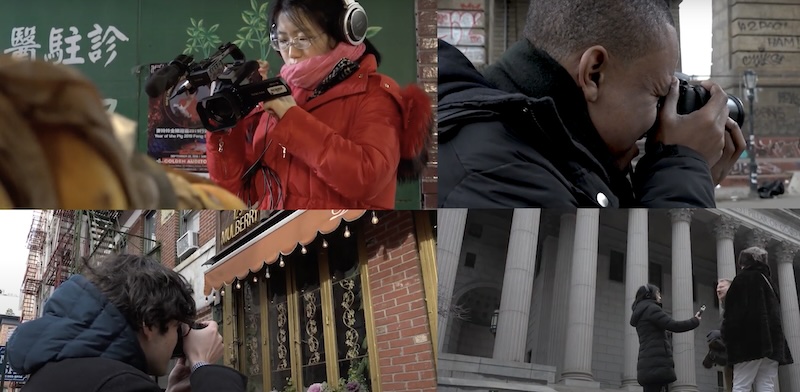Here’s something I’m ashamed to admit: I skipped classes in college.
Before moving to New York to earn a master’s in journalism at New York University, I got a bachelor’s degree in economics in a different state. I certainly didn’t skip every class during those four years, but in the ones I did I can now spot a pattern: it was usually a lecture, heavy in theory with a professor pounding out line after line of notes on a whiteboard, switching from red to green as the markers ran out of fuel.
At home I’d struggle to decipher my notes, and try to decrypt the assigned equations. With no one to ask for help, I Googled mystifying terms and watched YouTube explainer videos to figure out the concepts. The following week it was onto the next topic. But wait! I was hoping we’d spend more class time working through the homework problems. The structure felt backward. Why wasn’t I studying theories and equations for homework as preparation then calculating the equations in class, which was where I needed the most help?
It turns out there’s an established pedagogical method based on this idea. It’s called “the flipped classroom,” and we’re using it in our new online master’s degree in journalism at NYU.
While methods vary, the basic idea is that students spend time before class studying instructor-curated materials while class time is used for application. That’s when students and instructors take advantage of the live interaction to work through examples. In short, students learn the theory on their own time then collaborate with peers and an expert to apply that knowledge.
When we began designing courses for the online master’s program, we wanted to prioritize real-world experience. Not only will students produce pieces of journalism to leverage into future jobs, they’ll also receive a dose of what it’s like to write on deadline for a professional publication. To accomplish this, we realized our instructors would have to serve two purposes: 1) provide excellent learning materials within the context of each week’s lesson and, 2) work as an editor to offer constructive feedback on students’ articles before publication.
The first step, learning the concept of the week, happens on the student’s own time using interactive materials–videos, podcasts, readings, and more–all curated and placed in context by their instructor. Then students will write their assignments for the week based on what they’ve learned. The second step happens during class time when students and instructors use live collaboration to answer questions, workshop ideas, and edit and revise stories for the online publication. It’s no exaggeration that our students will have as much, if not more, face time with their professors as they would if they were on campus here in New York.
The great thing about this model is that it can span subject areas. Courses focused on news reporting are all about getting into the nitty gritty of journalism. Students spend the week reviewing interactive materials that help with reporting and writing skills, and then practice them in an assignment. For example: hard news. Though often short in word count, hard news articles have a distinct structure, employing “the Inverted Pyramid,” with each section of text answering critical questions and building on one another. It’s harder than it looks. For context, students will learn the history of hard news, read examples, and examine expertly deconstructed articles. They’ll become well-versed in spotting these ledes and learning what works and what doesn’t, and they’ll practice crafting their own. In class, they’ll apply what they’ve learned under the tutelage of a working journalist, who will help them get their article in shape for publication.
The class, virtually speaking, is run like it’s a professional newsroom. Students assume various functions on the masthead, editing one other’s work, formatting, copyediting, locating art, appropriately tagging each story, and publishing, all under the guidance of an experienced instructor/editor.
In a course on law and ethics, students could spend the week studying cases and controversial articles using a wide range of multimedia, then writing posts analyzing that week’s topic in a current context. In our course on entrepreneurial journalism, students conceive of their own media startup. Along the way they might look at successful media startups at various stages of development, then workshop their own startup concepts with feedback from the instructor, as well as from successful entrepreneurs and experienced venture capitalists.
Class time is precious. Instructors provide live feedback on students’ work, clear up misunderstandings in the material, and advise on legal and ethical journalistic practice.
In the real world, of course, editors don’t look over a reporter’s shoulder. In our online program, however, we balance autonomy and guidance. We want to ensure that students emerge with a solid foundation and an honest picture of the industry. In the process, we are flipping journalism education on its head.


